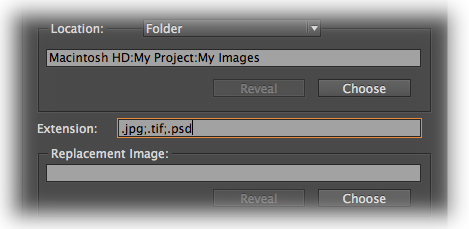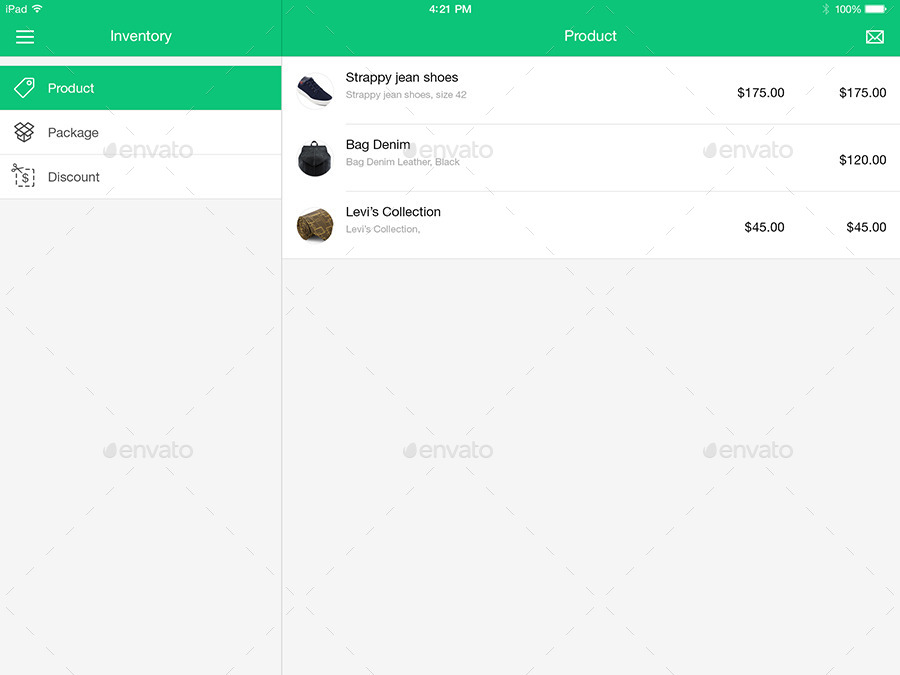

We also like to make a mock-up to get an accurate feel of the finished document.

Many people, however, find it difficult to proof documents onscreen if you are one of them, ask your designer if printed proofs are available. If this is not required, email proofing using Acrobat is simple and cost-effective. There are many systems available to allow collaborative proofing, including Adobe Acrobat and ‘goproof’. Once the catalogue has been completed, it is time for checking and proofing. In addition, if the data source is cloud-based multiple editors can review and amend the source data which can then be simply synced with the InDesign document.
#Easycatalog pricing free#
Once the data has flowed in, it is linked with the source data, so not only is it much faster to build the catalogue, but it is also much easier to edit/amend and is free of cut and paste errors. If the catalogue is of a larger size and is of a reoccurring nature, we would highly recommend this approach. Using software that interfaces between a database and InDesign (our catalogue design software) it is possible to build pages much more efficiently and accurately. Once complete, the data can be linked to InDesign to allow automated catalogue production. Missing or incorrectly entered data is easier to spot. Consistency of presentation if data is entered into a spreadsheet, it is far easier to ensure consistency of style and format. If the data isn’t already available in a database or spreadsheet form, we would highly recommend organising it in this way. Once the information required has been established, it’s time to gather the assets required (data, copy, illustration and imagery). It would be at this time that we would also consider navigation (category structure, contents, index, stopper pages) and additional content such as a technical area or new product showcase. This will help produce a pagination (an outline of what’s on each page of the catalogue) and determine the extent (number of pages) of the catalogue. To help define this and estimate costs, we would consider how much space per product is required, and we would experiment with layouts to arrive at that sweet spot between aesthetics, readability and production costs.

The goal then is to develop a design and content plan that best meets the reader’s requirements within the available budget. It sounds obvious however, it is very easy to miss adding that crucial bit of information in the product record.įor this reason, we would suggest that the first part of the catalogue workflow process should involve researching your target audience to ascertain exactly what it is they need and what is of value to them. Planning and budgetingįirst and foremost, a catalogue must provide its reader with the information they are seeking.
#Easycatalog pricing how to#
How to produce a catalogue efficientlyĬatalogue design and production can be a complex undertaking requiring excellent project management skills, graphic design expertise and forensic attention to detail. The projects below represent some of our latest work ranging from eight to 400+ pages. Our policy is to take the time to understand your company’s products, business and target market to ensure the success of the project. We specialise in producing catalogues for companies requiring high-end photography and design – catalogue designs that require thought and care to produce. And not only does the initial design process become much more efficient, but so does updating and reprinting your catalogue. As an added benefit, this process also reduces errors and improves consistency, as the information is stored and managed in a single source. This results in a fast, efficient and accurate catalogue design and production process. Using specialist software, we are able to create and design catalogues using cloud-based product spreadsheets that you can easily manage.


 0 kommentar(er)
0 kommentar(er)
